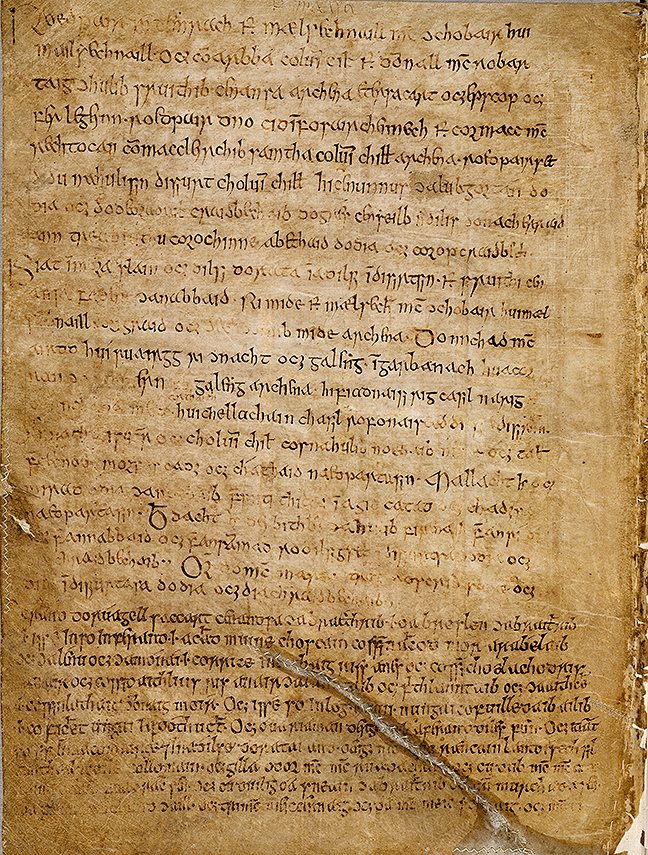Home / History / Irish History / The Book of Kells: Exploring an Irish Medieval Masterpiece / Uses of the Book of Kells
This article is from the free online
The Book of Kells: Exploring an Irish Medieval Masterpiece


Reach your personal and professional goals
Unlock access to hundreds of expert online courses and degrees from top universities and educators to gain accredited qualifications and professional CV-building certificates.
Join over 18 million learners to launch, switch or build upon your career, all at your own pace, across a wide range of topic areas.

 Fig 1. Detail from the Uta Codex (c. 1020AD) showing the types of object that might be displayed in an altar, including a large gospel book. Bayerische Staatsbibliothek München, Clm 13601,
Fig 1. Detail from the Uta Codex (c. 1020AD) showing the types of object that might be displayed in an altar, including a large gospel book. Bayerische Staatsbibliothek München, Clm 13601,  Fig 2. Land transactions detailed, in Irish, on the back of one of the canon tables,
Fig 2. Land transactions detailed, in Irish, on the back of one of the canon tables,  Fig 3. and Fig 4.
Fig 3. and Fig 4. 





